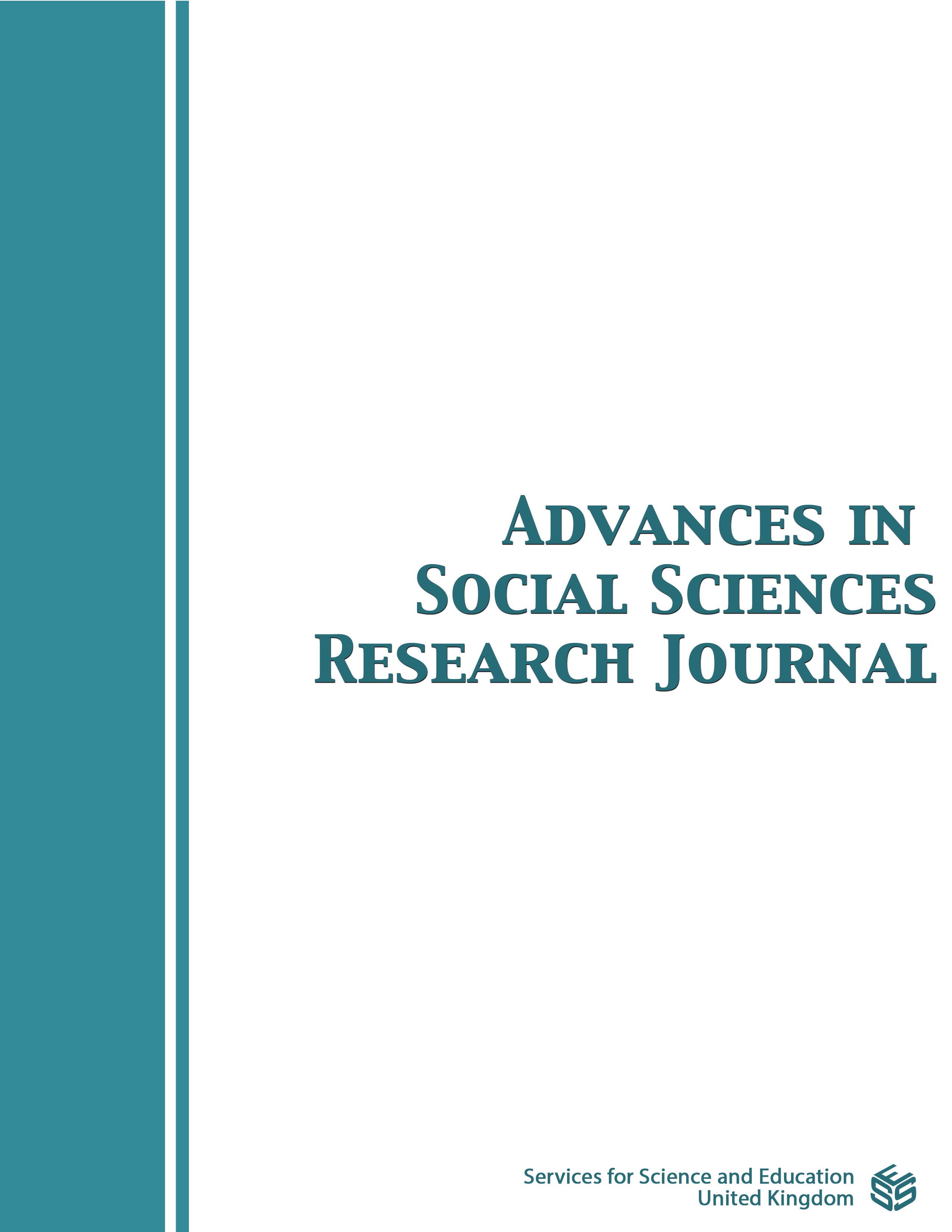Harnessing the Power of Infographics in Education
DOI:
https://doi.org/10.14738/assrj.106.14988Keywords:
Infographics, Perceptions, Attitude, Autonomy, EducationAbstract
Infographics are visual representations of knowledge or data meant to present complex information quickly and clearly. They use pictures, diagrams, maps, charts, graphs, and statistics to present information. They often prove effective in educational contexts as they use imagery to highlight, explain, or enhance text-based information. They capture attention, convey information, and encourage data retention among learners. This study was an ardent effort towards using static infographics in English linguistic contexts to know the students’ perceptions and attitudes as infographics is still a new trend in education. The sample comprised 70 female undergraduate students of the Department of English, Samtah University College, Jazan University. A structured questionnaire was adapted to meet the requirements of the study. The results revealed that using infographics as a teaching strategy motivates students to become active participants in the classes to comprehend the relationship between the graphics and data. Using infographics as a learning strategy inspires students to learn from their peers and as an assessment tool, drives them to introspect themselves to improve their oral presentations/assignments/course projects. The students develop critical thinking, analytical ability, logical reasoning, collaborative learning, and information analysis. Summing up this study, it is recommended that university students should enhance their digital awareness and willingness to use infographics in learning contexts. It is suggested that if the teachers support, facilitate, and encourage Saudi students to use infographics they would become autonomous learners and be successful in their academic endeavors.
References
Downloads
Published
How to Cite
Issue
Section
License
Copyright (c) 2023 Sobhana, Nandyal Panduranga

This work is licensed under a Creative Commons Attribution 4.0 International License.
Authors wishing to include figures, tables, or text passages that have already been published elsewhere are required to obtain permission from the copyright owner(s) for both the print and online format and to include evidence that such permission has been granted when submitting their papers. Any material received without such evidence will be assumed to originate from the authors.






